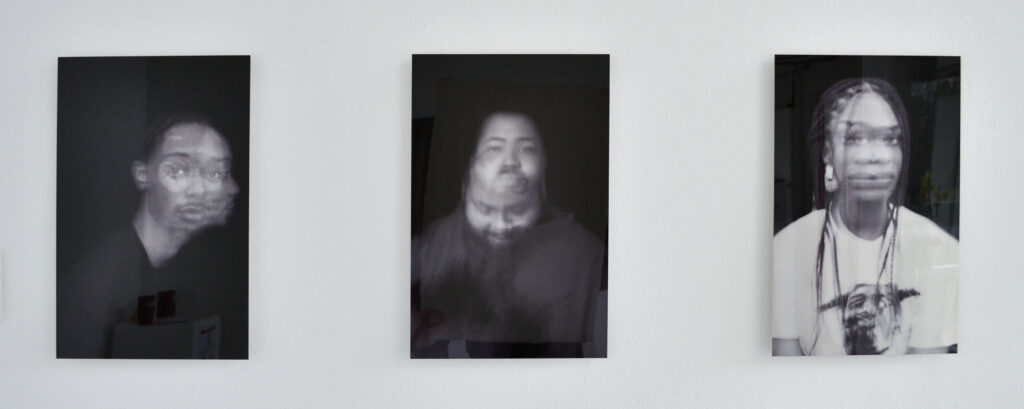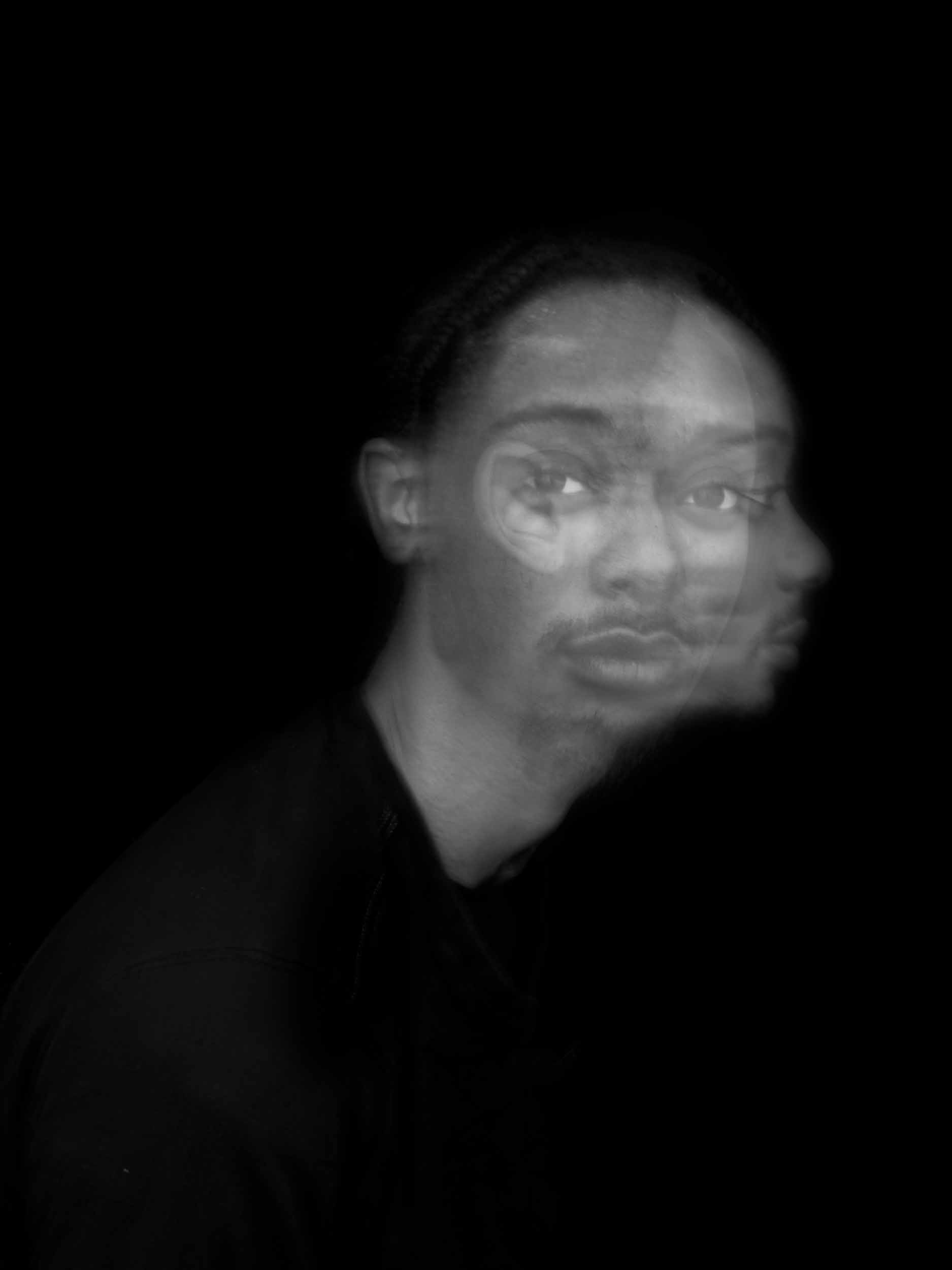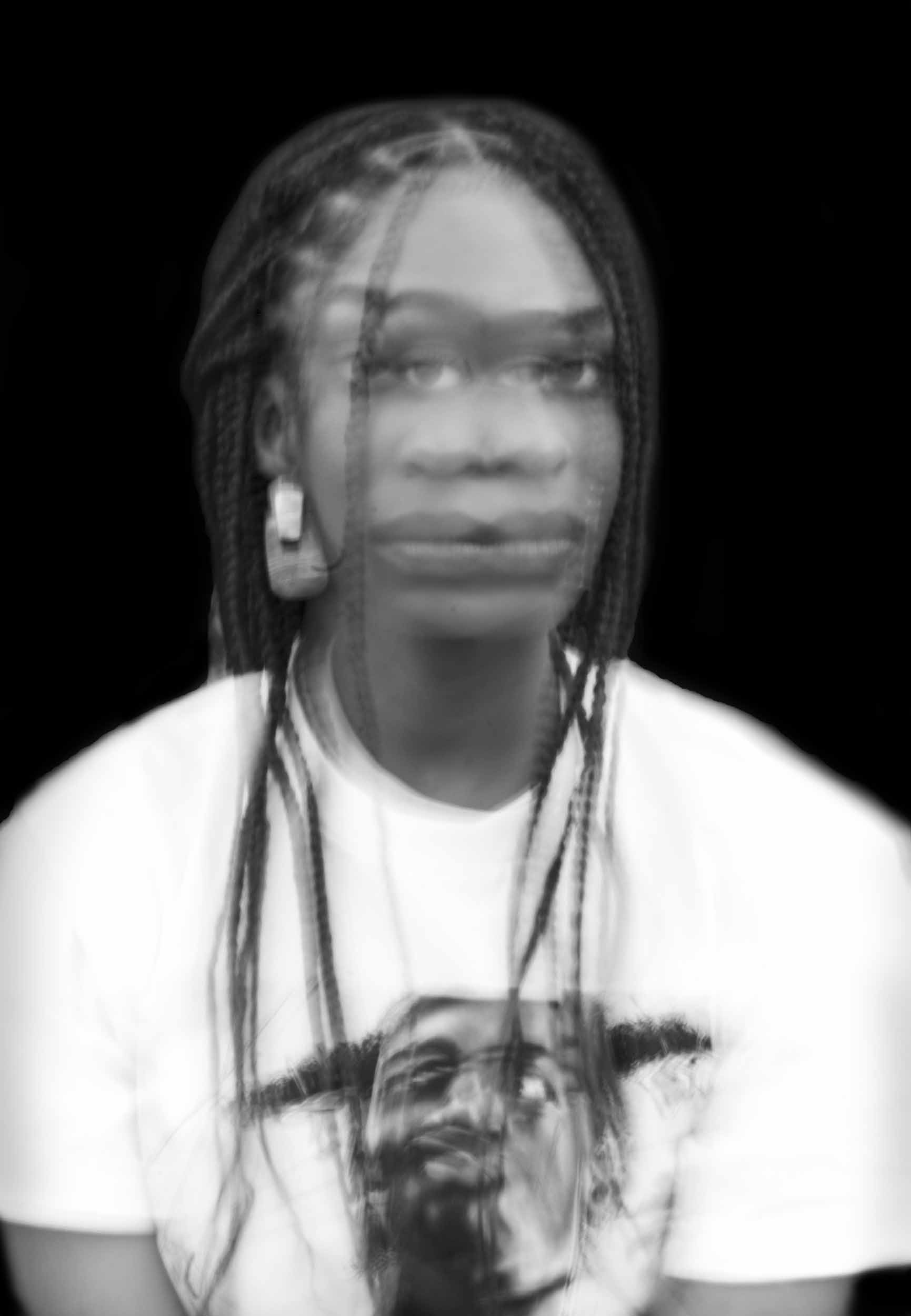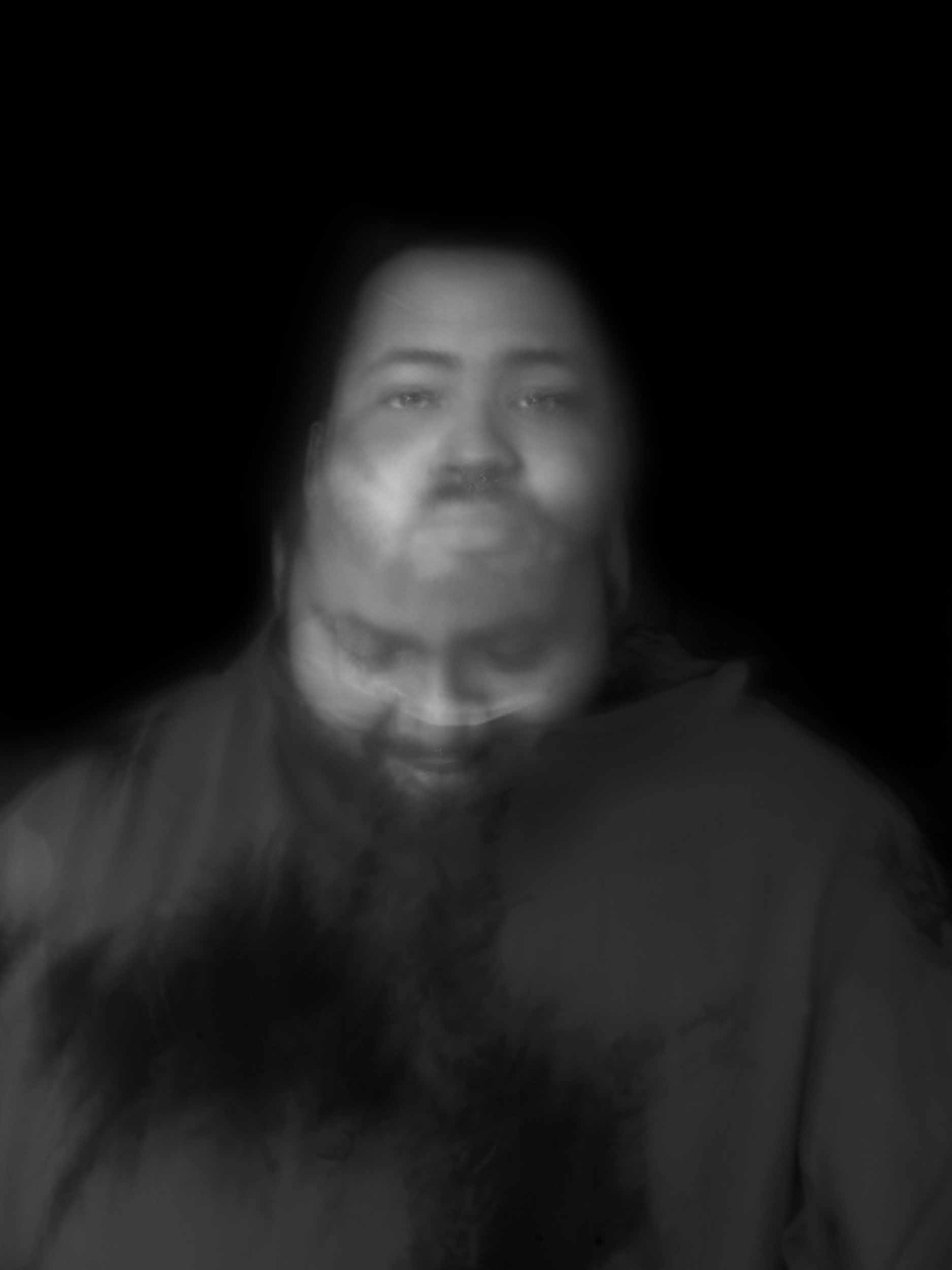Relevance, 35th Anniversary Exhibition II
Two Ways of Seeing
This work is a visual archive from a variety of perspectives of specific moments or experiences of another person’s life. This work attempts to reconcile the lack of photographic documentation within my own family’s history and a larger cultural condition by which the Black experiences are underrepresented in visual culture. Due to the lack of documentation of my family’s history and the realization that there is a lack of accurate visual representations of the Black experience, I was compelled to document stories and experiences that I do have access to. Although my newer pieces do not depict my physical being in the way my previous works did, I do feel that each portrait reflects myself and my experiences as a Black person. I consider these images to be an extended form of self-expression, and to some degree, self-portraits. However, even though the portraits and audio are based on someone else’s personal narratives, there are usually multiple points of overlap pertaining to their truth and mine. By using portraits and audio, the participants in the portraits are able to have their own voice and allow a deeper level of collaboration between artist and sitter to create a collaborative exploration of our shared Black experience.
With this work, I hope to engage with the feelings of exclusion and the stigmatization of identity as a Black American today. I have become interested in researching how we can understand a person’s past by questioning a present-day portrait. Each portrait functions more as questions than statements. Within the shared, reciprocal gaze, these portraits invite viewers to silently observe an unfolding narrative while also acknowledging that the viewer will continue to bring in their own history, biases, and prejudices to interpret the imagery. In my photographs, although I am interested in the individual identities of each participant, I intentionally make the imagery distorted by not allowing my viewers to see each participant’s portraits fully. Similar to the historical Daguerreotype portrait, which was once described as the “mirror with a memory,” these portraits do not allow an easy read. The viewer must peer beyond the black gloss and underlying metal surface to a deeper realization that although the representation and treatment of Black people has progressed, generational traumas and systematic racism still prevail in America and still negatively impact people of color. This emphasizes the invisibility and the social unawareness the general population has about the continued internal struggles of the modern-day Black American.
Space One Eleven Involvement:Exhibiting Artist: Just Injust 2021; Teaching Artist 2021



